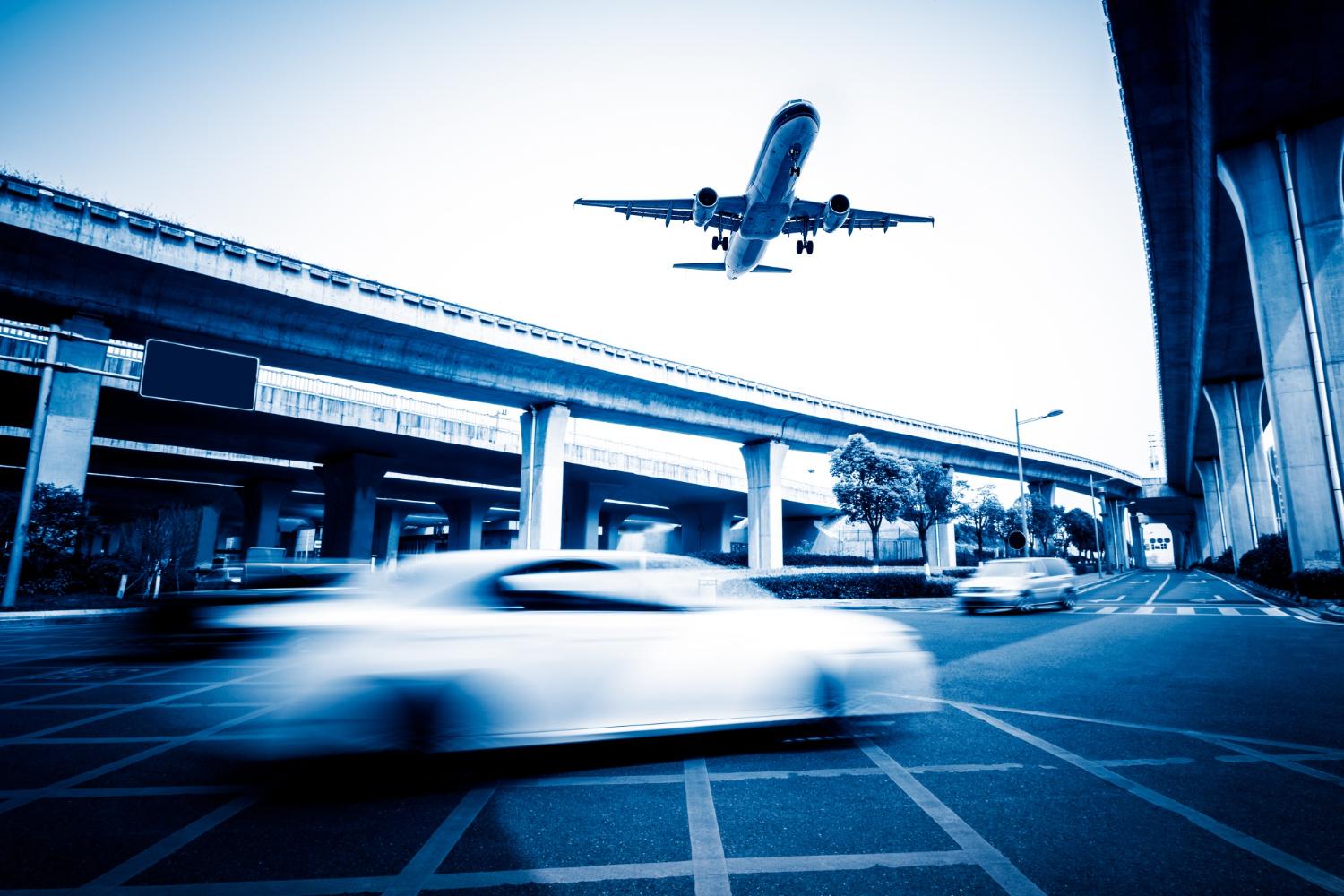In today's world, where travel is an integral part of life, the comparative safety of flying versus driving remains a perennially debated topic. The soaring sensation of flight, juxtaposed with the familiarity of the open road, often leads to discussions about which mode of transport is fundamentally safer. Delving into the statistics and perception surrounding this debate sheds light on the realities.

When analyzing safety statistics, a stark contrast emerges between flying and driving. Statistically, flying has a significantly lower fatality rate than driving. The National Safety Council reports the probability of dying in a car accident as approximately 1 in 103, whereas the odds of perishing in a plane crash stand at an impressive 1 in 11,000. These figures undeniably underscore the substantial discrepancy in safety between these transportation modes.

Curiously, perception often diverges from reality. Despite the considerable safety measures in air travel, a significant number of individuals harbor a fear of flying. This fear, often fueled by sensationalized media coverage of aviation incidents, creates a perceived risk that may not align with the statistical reality. While each plane crash receives extensive media attention, car accidents, although more frequent, seldom garner the same level of coverage. This asymmetry in media attention contributes to an imbalanced perception of risk.

Comprehending the underlying factors behind these safety statistics provides insight into the disparity. Aviation operates under stringent safety regulations, encompassing meticulous maintenance schedules and rigorous safety protocols. Moreover, the aviation industry is regulated by global authorities that enforce high standards for training, maintenance, and operational procedures.

Conversely, driving safety is subject to various external variables such as road conditions, weather, and the behavior of other drivers. Human error, a significant contributor to accidents, is more prevalent on the roads. While vehicle safety features have evolved substantially, the human element remains a variable that significantly impacts safety.
Amidst discussions of safety, it is imperative to acknowledge the merits of both flying and driving. Driving offers a sense of flexibility, allowing for spontaneous detours and the freedom to explore lesser-known routes. Conversely, flying facilitates access to distant destinations within a fraction of the time, opening doors to diverse experiences and cultures.
While statistics lean favorably towards flying in the safety comparison, both modes of transport possess their inherent merits and risks. Understanding and acknowledging these risks are pivotal. Ultimately, a safe journey relies on adhering to regulations, maintaining situational awareness, and adopting proactive safety practices, whether traversing the roads or cruising through the skies.

In conclusion, while statistics distinctly favor the safety of flying over driving, the debate transcends pure numerical analysis. Each mode of transport offers unique experiences, and while flying statistically holds the safety edge, the essence lies in striking a balance between the thrill of travel and the practice of responsible, safety-oriented travel habits.
If you want the latest information on the best Hotel Executive Club Lounges, Hotel Kids Clubs and other travel information, be sure to sign up for our free newsletter full of tips and great travel ideas.